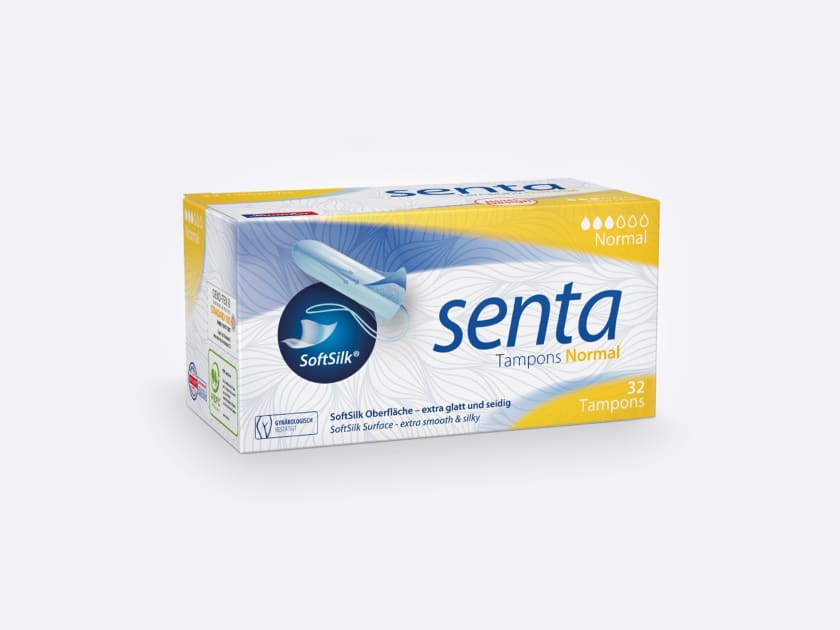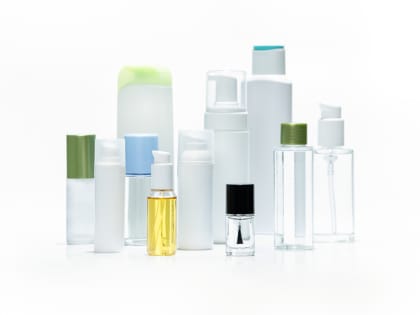The switch from plastic to cardboard at Beiersdorf AG
- Recyclable cardboard packaging instead of plastic blisters
- Outstanding product protection as a result of gentle product handling
- Both automated and manual quality controls
Requirements
A good reputation calls for a high-quality packaging process
The history of Labello, one of the best-known products from the global Beiersdorf AG consumer goods group, began as far back as in 1909. After several product modifications, the classic blue Labello twist-off stick was finally launched in 1973. There are now variants in many different colours and for various cosmetic applications, such as moisturizing care, lip peeling or sun protection.
Labello’s long heritage and good reputation reflect an enduring commitment to quality. And today, the well-established brand is synonymous worldwide with the ultimate in lip care. Beiersdorf AG was looking for a high-quality and sustainable new packaging solution for its famous classic. What prompted the decision to make the switch was the wish to replace the previous plastic blister packs with fully recyclable cardboard packaging. Given that some 160 million lip balm sticks are produced annually, this sets a strong example for environmental protection and is very much in line with Schubert’s Mission Blue strategy. Maintaining product safety and quality were the top priorities for the switch. Especially when it comes to cosmetic products, customer trust is decisive for commercial success.
Solution
Robot technology for delicate packaging
Trust is also imperative when it comes to packaging processes: As a long-standing customer, Beiersdorf was happy to present Schubert with the new challenge and immediately provided a rough draft of the new cardboard packaging blisters. Finetuning in terms of machinability and efficiency was carried out in close collaboration between Beiersdorf and Schubert. The delicate packaging requires very precise, gentle processing – just like the lip balms themselves. Schubert developed three identical lines for the consumer goods group, which integrate the entire packaging process from the individual lip balm sticks to the finished, sealed sales trays – all in a single line. Robots working with millimetre accuracy and 3D-printed tools precisely matched to the Labello product ensure gentle handling. The vision system for automated quality control developed by Schubert and the Transmodul guarantee a smooth packaging process for the world-famous brand.
With Schubert, we successfully made the switch to cardboard packaging for one of our most well-known products.
Oliver Czekala
Beiersdorf AG, and Michael Grandmann, BMH GmbH, October 2023
Technical details
- 240 or 360 products per minute
- 12 formats
- ≥ 93 % machine efficiency
- Transmodul in use
A fully automated packaging process for Labello
During the new packaging process, the Labello lip balm sticks are fed from four step conveyors. Individually separated and already roughly identified, the products then enter the machine in four lanes. 240 or 360 products per minute can be fed in, depending on whether the Labello sticks are to be packaged individually or in pairs. They are then picked up individually by four T4 robots and pre-grouped on a chain conveyor using the counterflow principle.
In the meantime, the carton blanks for the packaging are each pulled out of one of the two magazines in six lanes by an F3 robot and placed onto a vacuum conveyor which transports them to the erecting station. There, they are pressed into the folding frames by an F2 robot and erected. The robot then places the cartons onto the Transmodul, Schubert’s transport robot, and folds the opening wide open for loading. The Transmodul transports the cartons to the loading station. At this point, the pre-grouped lip balm sticks are picked up by the chain conveyor with another robot and loaded into the 12 erected carton blisters on the waiting Transmodul.
In the next step, the blisters are sealed and the sealed pack is transferred from the Transmodul to another vacuum conveyor. The pre-grouped units are printed with a laser code and move on to the second loading station. For dispatching, six cardboard trays are filled with twelve or twenty-four cardboard blisters of the pre-packed sticks and sealed with a lid from above. For a precise manual check, a robot periodically lifts out a test load at this point and transfers it back to the machine following inspection.
As it was extremely important to Beiersdorf to ensure a high level of product safety, the new packaging process is consistently controlled throughout with various automatic and manual quality steps. Quick format changeovers with different and flexible emptying processes facilitate the handling of the numerous international variants. The former plastic blister packs have now been replaced with recyclable cardboard to protect the environment.

The cardboard blisters packed with lip balm sticks are placed into the sales trays.

Outstanding product safety guaranteed: The pre-grouped Labello sticks are precisely picked up by a robot and placed into the erected package in the next step.







